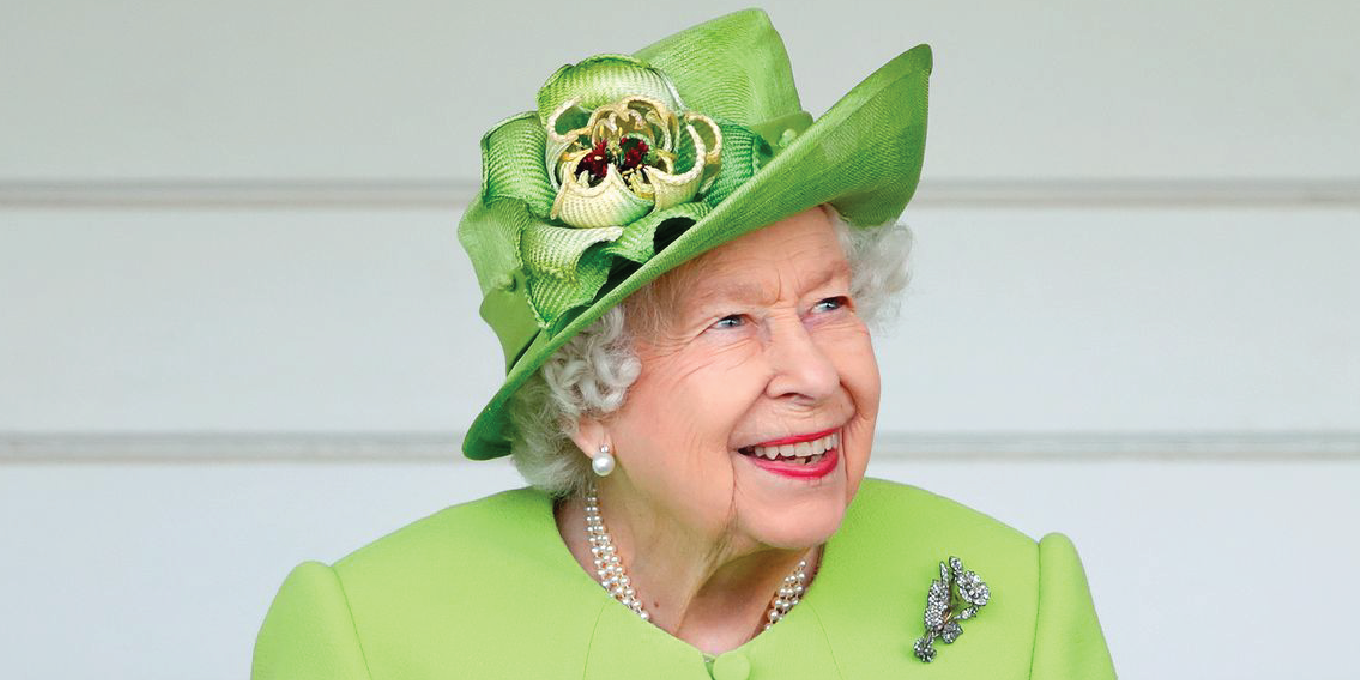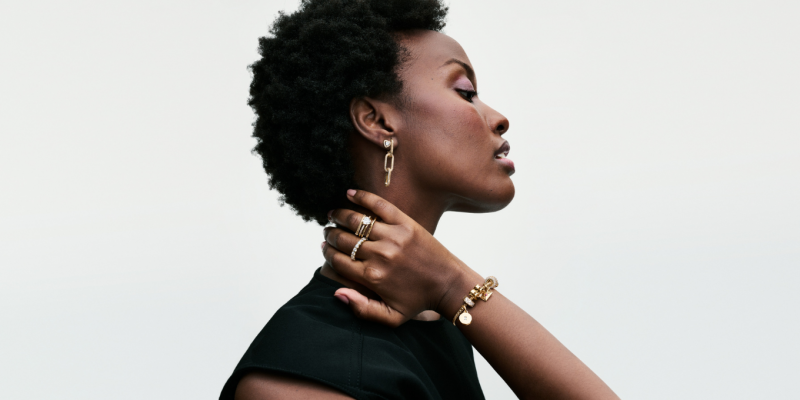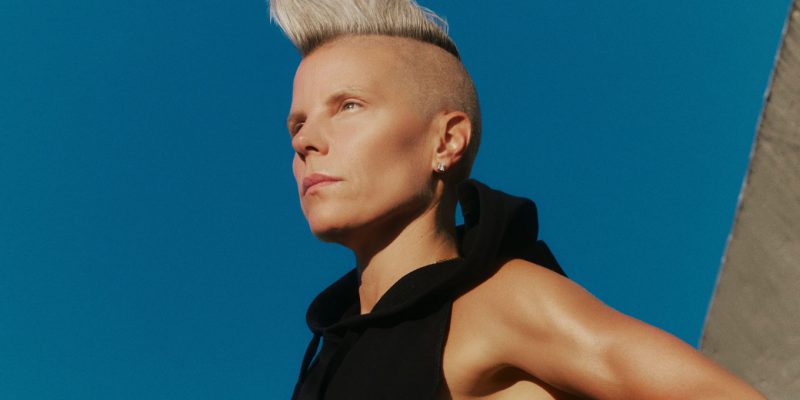Society
Queen Elizabeth II Dies at the Age of 96
The Queen of England reigned for 70 years.
by : Lauren Puckett-Pope- Sep 8th, 2022

Getty Images
For 70 years, Queen Elizabeth II reigned over the United Kingdom—through the assassination of JFK, the fall of the Berlin Wall, the Brexit vote, and the COVID-19 pandemic, she was a constant. On Sept. 8, Buckingham Palace announced Her Royal Highness had died peacefully today at Balmoral. “The Queen died peacefully at Balmoral this afternoon,” the Palace shared. “The King and The Queen Consort will remain at Balmoral this evening and will return to London tomorrow.”
The Queen died peacefully at Balmoral this afternoon.
The King and The Queen Consort will remain at Balmoral this evening and will return to London tomorrow. pic.twitter.com/VfxpXro22W
— The Royal Family (@RoyalFamily) September 8, 2022
The matter of her death is both solemn and ceremonial: an event intensely, even obsessively prepared for, and yet a moment it seemed might never actually arrive. Even at 96 years old, England’s longest-serving monarch rarely, if ever, allowed the public a glimpse of her frailty. Her son, Charles, the heir to the throne and now the incoming King of England, is himself 73. Up until recently, the Queen was still a regular at royal events, but she pulled back during the coronavirus pandemic and after the death of her husband, Prince Philip, after which her health began to decline.
The past seven decades have seen an unprecedented shift in both sentiment and power within the British monarchy, an institution the queen worked—at varying points—both to adapt and to uphold. Criticism volleyed at Her Royal Highness and “The Firm” surrounding her is and has often been valid; nevertheless, she maintained a unshakeable resolve as to her own right and prowess to rule.
To deny that Queen Elizabeth II was a remarkable ruler is to fabricate a fallacy. At the age of 25, she ascended to the British throne following the death of her father, King George VI, in February 1952. Measured in her maneuvers, polite—if not aloof—in all greetings, she carried England into the 21st century and beyond, fostering the 54-nation Commonwealth and working with an ever-shifting queue of 14 Prime Ministers, including Winston Churchill, Margaret Thatcher, Tony Blair, and Boris Johnson, to determine a path for her country.
As both a symbol and a woman of immense wealth and power, Queen Elizabeth II understood these realities could—and had to—co-exist. She could be a guardian; a decision-maker; a silent onlooker; a political chess piece; a media sensation; a wife; a mother. She understood which of these roles took precedence and when.
Her Majesty maintained an ever-present sense of control, even when the parade of ancillaries surrounding her fell into chaos. Throughout her reign, her family has been a constant source of fascination and scandal. From the tragic death of her former daughter-in-law Princess Diana; to her “favorite” son Prince Andrew’s association with the late sex criminal Jeffrey Epstein; to her grandson Prince Harry’s conscious uncoupling from the Royal Family after his wife, the Duchess Meghan Markle, endured racist abuse, Queen Elizabeth often seemed the only family member actually content within the family. But even that might be a fiction. Very few of us are likely to ever know the whole truth, which is exactly how Queen Elizabeth II wanted it.
Preceded in death by Prince Philip, her husband of 73 years, Queen Elizabeth will be succeeded by her eldest son, Charles.
The change in power marks an enormous shift for England during an already tumultuous political period. What the queen’s life represented is clear; what her death will ultimately mean remains to be seen.
Newsletter
Join our mailing list for the latest and biggest in fashion trends, beauty, culture and celebrity.
More from Society
Read Next

Culture
This University Elevates Women to New Professional Heights
You shouldn’t have to pause your life to move forward in your career.
by : ELLE Canada- Apr 16th, 2024

VIP
9 Stylish Icelandic Adventures Tailored to Fashion-Conscious Canadians
Iceland’s stylish escapades for the fashion-forward Canadian traveller blend elegance with adventure.
by : Contributor Content- Apr 15th, 2024

Fashion
This Jewellery Brand Has a Whole New Look And It’s Everything
Here are the seven pieces we’re coveting.
by : ELLE Canada- Apr 10th, 2024



